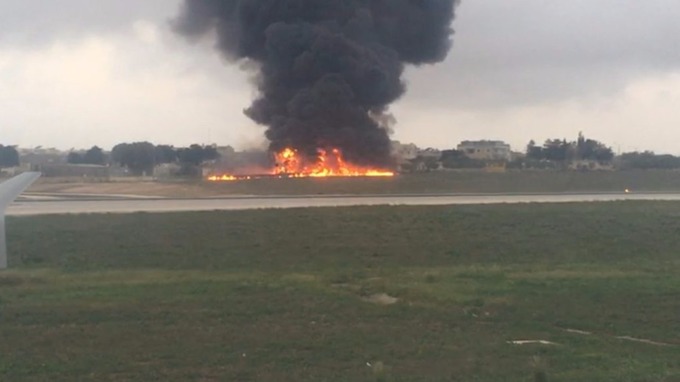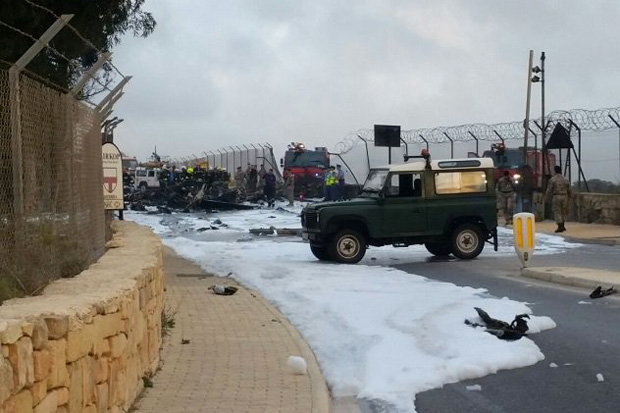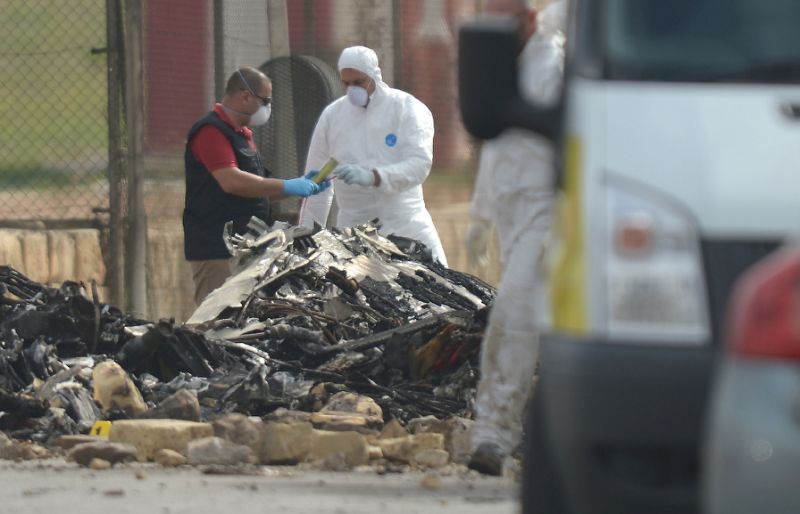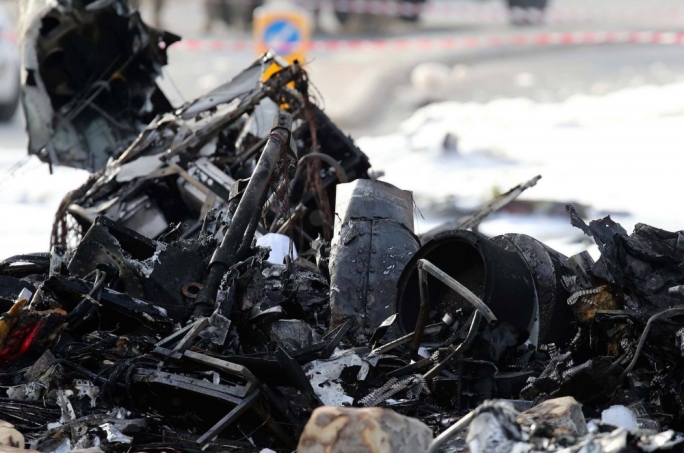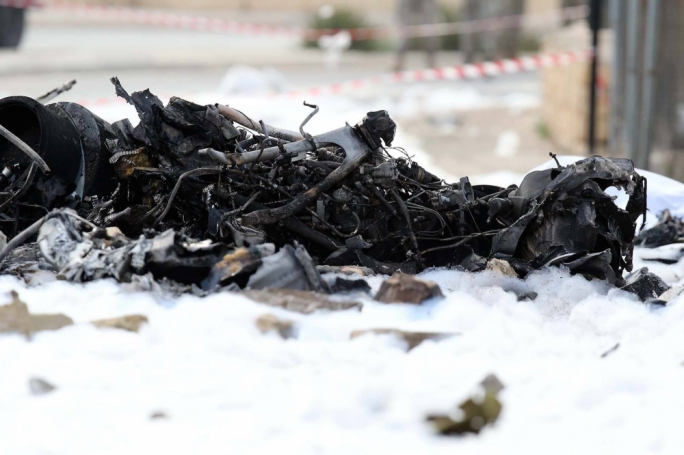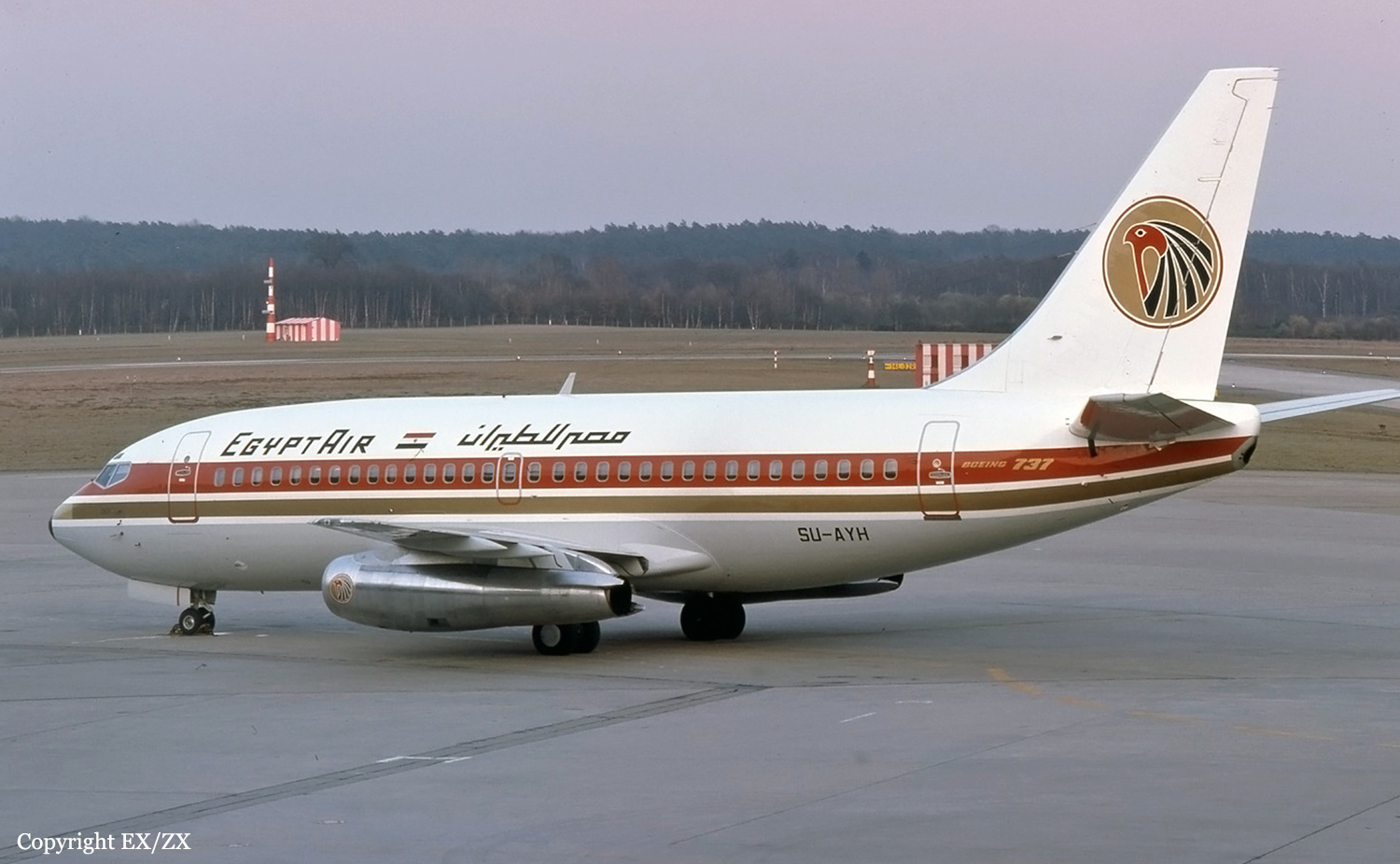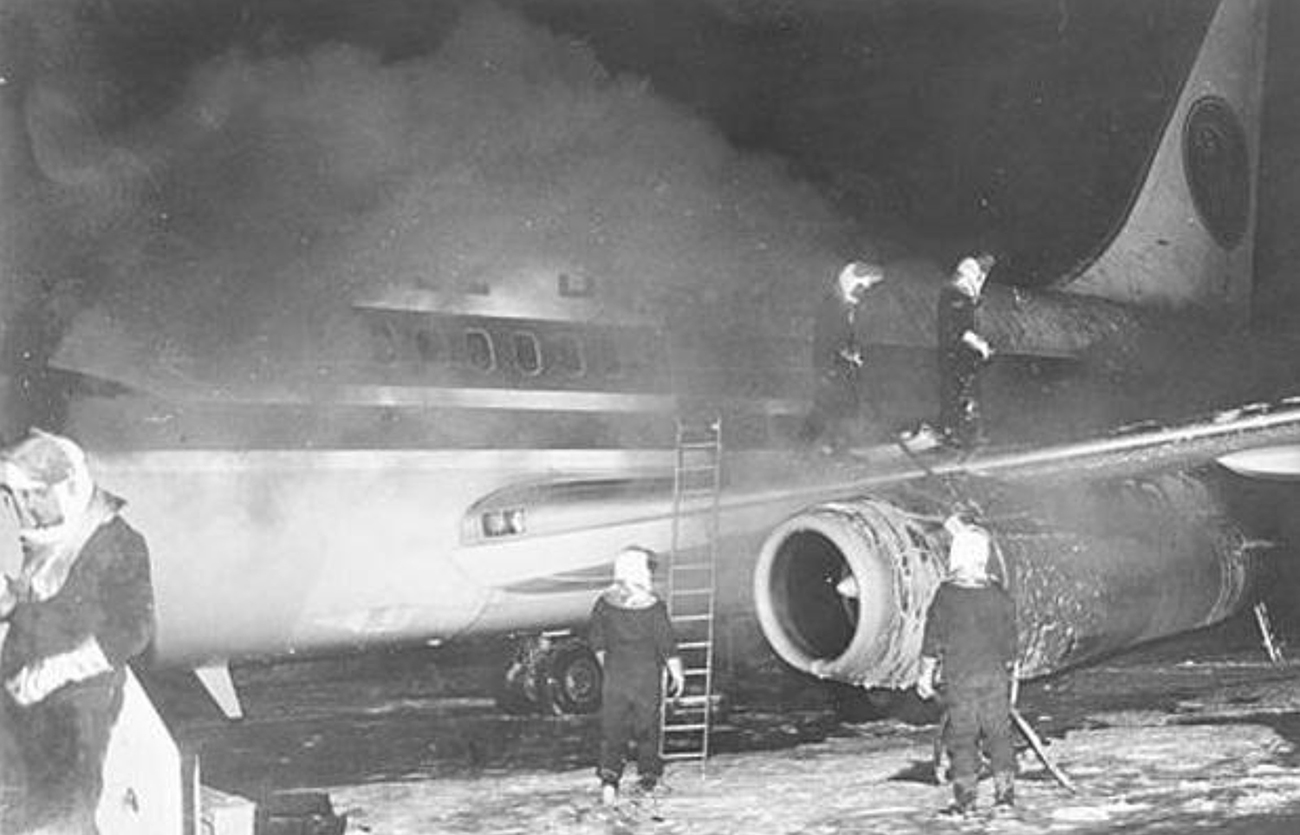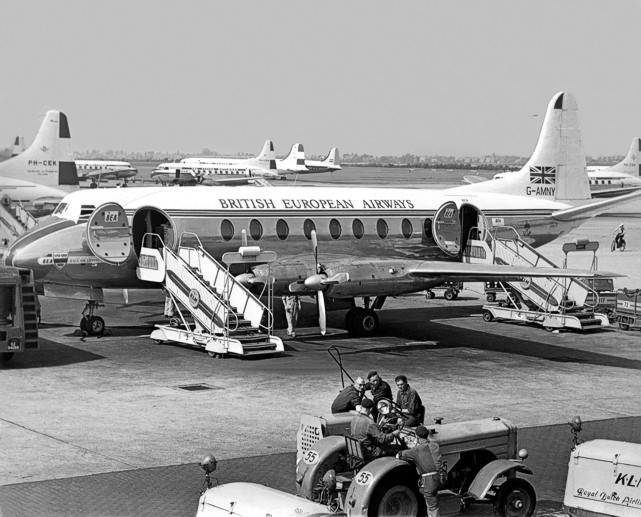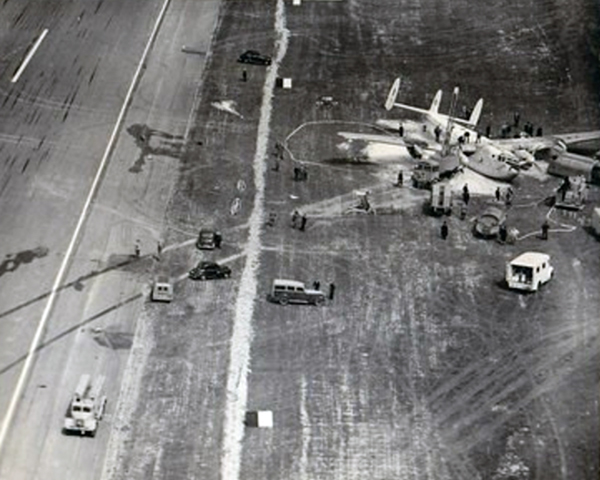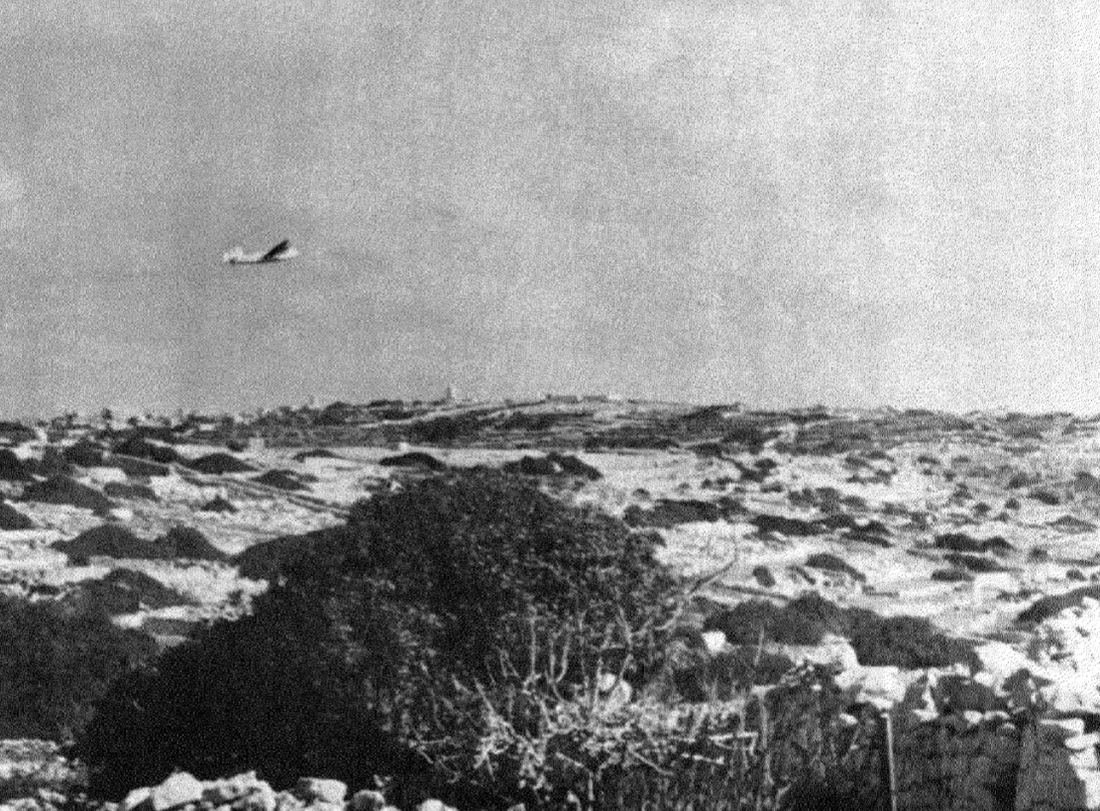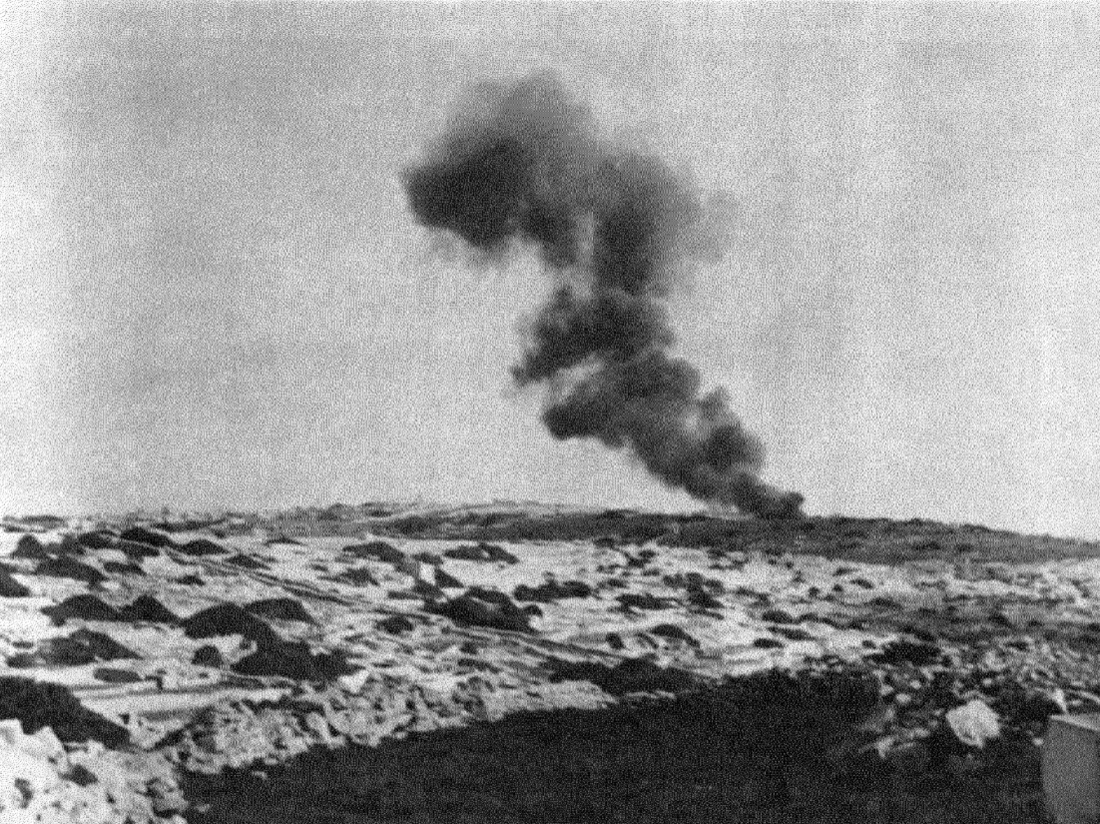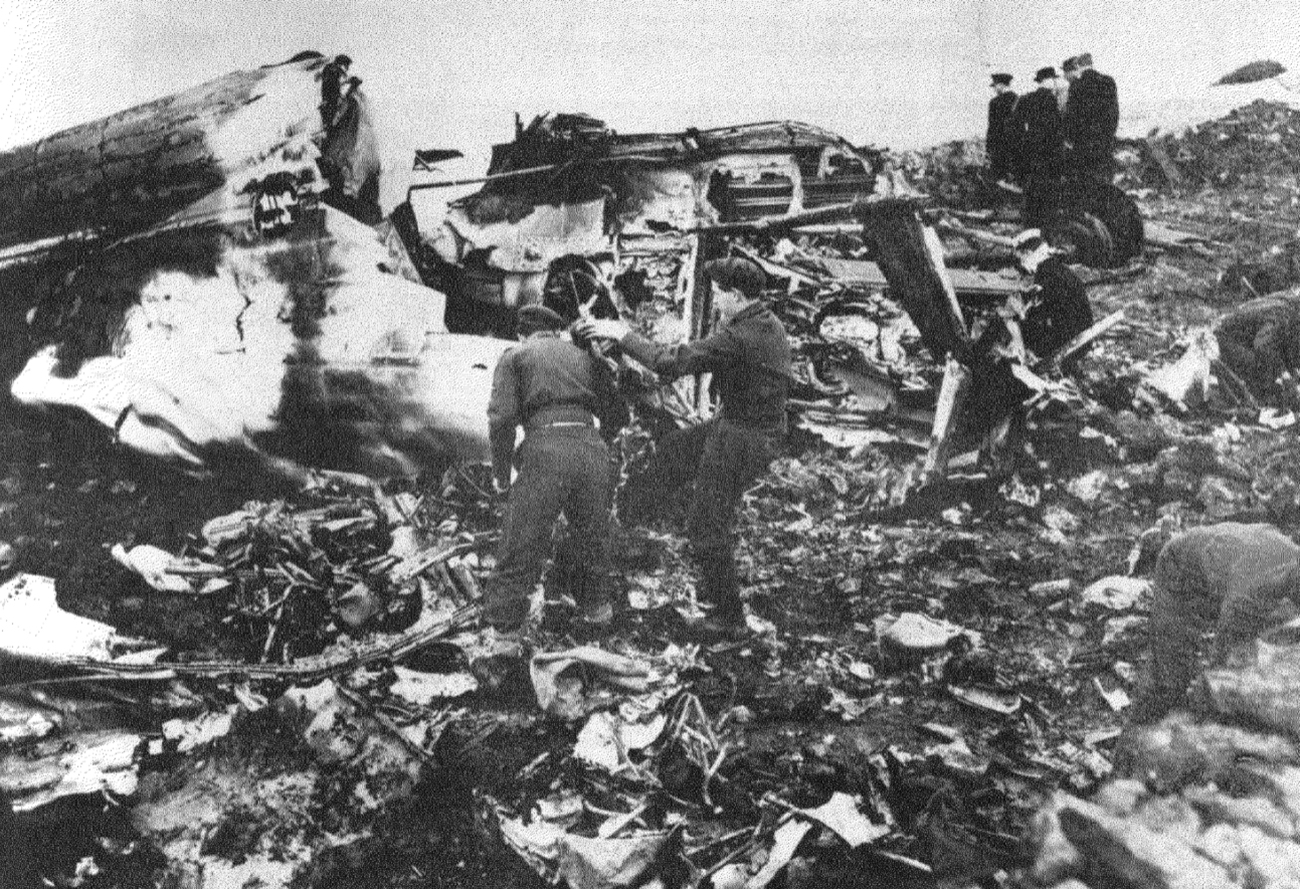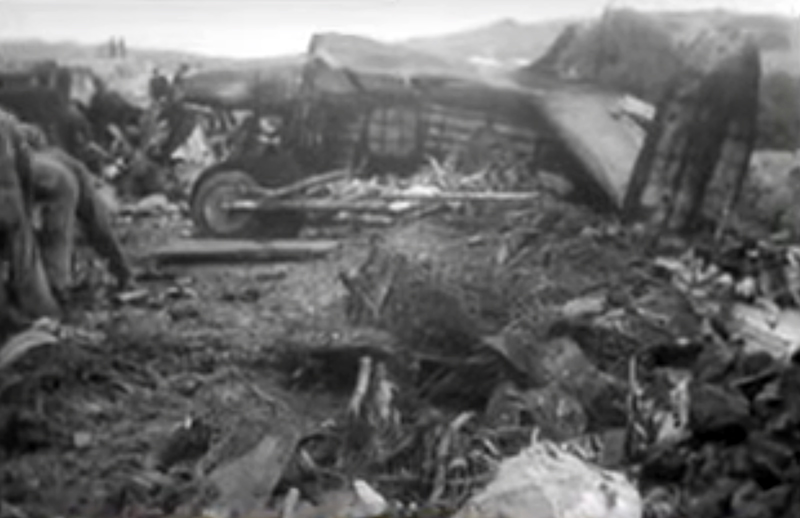Crash of a Swearingen SA227AT Expediter in Luqa: 5 killed
Date & Time:
Oct 24, 2016 at 0720 LT
Registration:
N577MX
Survivors:
No
Schedule:
Luqa - Luqa
MSN:
AT-577
YOM:
1983
Flight number:
LXC77
Crew on board:
2
Crew fatalities:
Pax on board:
3
Pax fatalities:
Other fatalities:
Total fatalities:
5
Captain / Total hours on type:
1229.00
Copilot / Total hours on type:
2304
Aircraft flight hours:
9261
Aircraft flight cycles:
3503
Circumstances:
The aircraft was involved in a maritime patrol flight over the Mediterranean Sea, carrying a crew of two and three members of the French Ministry of Defense. Shortly after takeoff from runway 13, while in initial climb, the twin engine aircraft banked to the right, hit a perimeter fence and crashed in a huge explosion on the Triq Carmelo Caruana Street. The aircraft was destroyed by impact forces and a post crash fire. All five occupants were killed. It was previously reported that the flight was performed on behalf of the EU Frontex Program but this was later denied by the Border Agency. The presence of all three French Officers was confirmed by the French Minister of Defense Jean-Yves Le Drian. It was also confirmed by the Government of Malta that this kind of flight was performed by the French Customs since five months, an official operation of surveillance to identify human traffic and narcotics routes in the Mediterranean Sea.
Probable cause:
Investigations show that a technical malfunction was the cause of the accident. This malfunction probably originated in the specific modifications of the aircraft and in the application of an inappropriate maintenance to these modifications.
Three scenarios can be envisaged:
- Rupture of the HF antenna, which then wrapped around the elevator control surface;
- Inadvertent activation of the SAS, countered by the pilot;
- Jamming of the elevator due to a technical failure in the flight control line.
Given the condition of the wreckage and the absence of witness reports from the crew, only a flight data recorder could have enabled the BEA-É to confirm one of these hypothesis. However, in consideration of the factors detailed in the analysis, the hypothesis of damage to a component of the elevator control line remains the most plausible explanation.
Three scenarios can be envisaged:
- Rupture of the HF antenna, which then wrapped around the elevator control surface;
- Inadvertent activation of the SAS, countered by the pilot;
- Jamming of the elevator due to a technical failure in the flight control line.
Given the condition of the wreckage and the absence of witness reports from the crew, only a flight data recorder could have enabled the BEA-É to confirm one of these hypothesis. However, in consideration of the factors detailed in the analysis, the hypothesis of damage to a component of the elevator control line remains the most plausible explanation.
Final Report:

